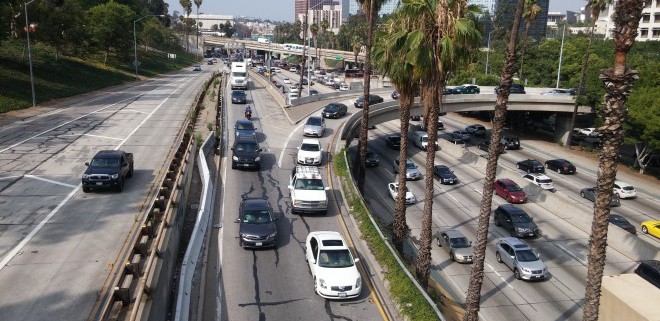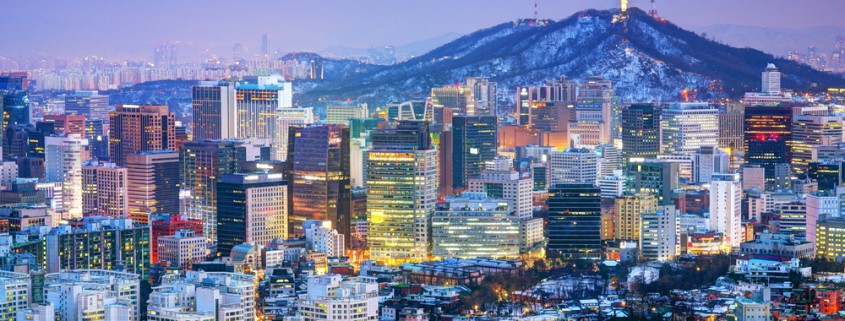Tips from the best – Raising capital in Los Angeles (NZ INC)
Tim McCready
Panel discussion: Investor Guidance for Raising Money in Los Angeles
- Mr Bruce Stein, Principal, Westridge Consulting, LLC
- Mr Robert Perille, Partner, Shamrock Capital Advisors
- Mr Craig Cooper CCP, LLC
- Chance Barnett, CEO, Crowdfunder
- Moderator: Mr Mitchell Berman, Managing Partner Zen Media Entertainment Group
People in the private equity space are miserable at the moment because they are finding valuations at a record high. That means that there really couldn’t be a better time than now for venture funding – for the entrepreneur. There is no shortage of capital in Los Angeles or the United States, but there is a shortage of really good ideas.
Investing used to just happen in boardrooms. Now it can happen online. The floodgates have opened for people to advertise – it is an entirely new industry and crowdfunding allows you to get yourself in front of potentially thousands of investors. Last year saw $14B in crowdfunding. The estimate for 2015 is $34B. Crowdfunding doesn’t have to come at the expense of angel and VC funding. There are a host of investors that are using the internet to find funding opportunities.
Investors are now looking for those businesses that have had some traction. That may mean they have established themselves, have customers, or are experiencing some kind of growth. They don’t have to be profitable but it has to be a profitable business model that makes sense.
Investors like to invest in people that have an unfair advantage. It could be that you have a PhD in a very specific area that no one else would ever know about.
Richard Branson is very candid about not taking much credit for his wins – he chalks some of them up to being in the right place at the right time. In saying that, the team is critical to any investor. An investment decision is generally made 80 percent on the team and 20 percent on an idea. A great team can make a mediocre idea work – but a bad team will kill a fabulous idea.
To get the attention of an investor, try to teach them something. If you are solely pitching for investment, your pitch may or may not be heard. But if you teach someone something, they will take notice of you.
When you are pitching, make sure you are able to deliver it so that someone can understand the core idea immediately. You don’t want to ask someone to delve deeply into a topic area they don’t understand. You will get a false negative if your presentation material is poor. Equally, flooding a pitch with keywords like ‘big data’ will never count for anything if it isn’t clear what your business does.
LA investors will be looking for something that is not a provincial application. This is a risk coming from New Zealand. Your product must be immediately globally applicable. If you don’t have a platform to leverage and build on then you will have a very difficult time to gain the attention of the investment community.
Be persistent and resilient. At seed and early stage it is hard to differentiate people from one another. Investors hear a lot of pitches all the time and they tend to blur together. It is a very competitive market. A big mistake is to not be persistent in follow up. More people lose opportunities because they fail to follow up until someone says no. It is a huge differentiator if you’re kindly persistent to the investor. It demonstrates resilience and that you are more organised than most other people are.
NZ INC. traveled with the Auckland business delegation to the tripartite summit in Los Angeles. Representatives from 43 Auckland businesses took part in the inaugural Tripartite Economic Alliance Summit in Los Angeles. This follows the signing in November 2014 of an alliance designed to boost economic co-operation between Auckland, Guangzhou and Los Angeles. Len Brown and councillors Bill Cashmore and Denise Krum led the delegation. Auckland Council organised it with the support of Auckland Tourism, Events and Economic Development (ATEED), NZTE and MFAT.
Media contact at Auckland Council: Glyn Jones 021 475897
ATEED (Auckland Tourism Events & Economic Development)
NZTE (New Zealand Trade & Enterprise)



